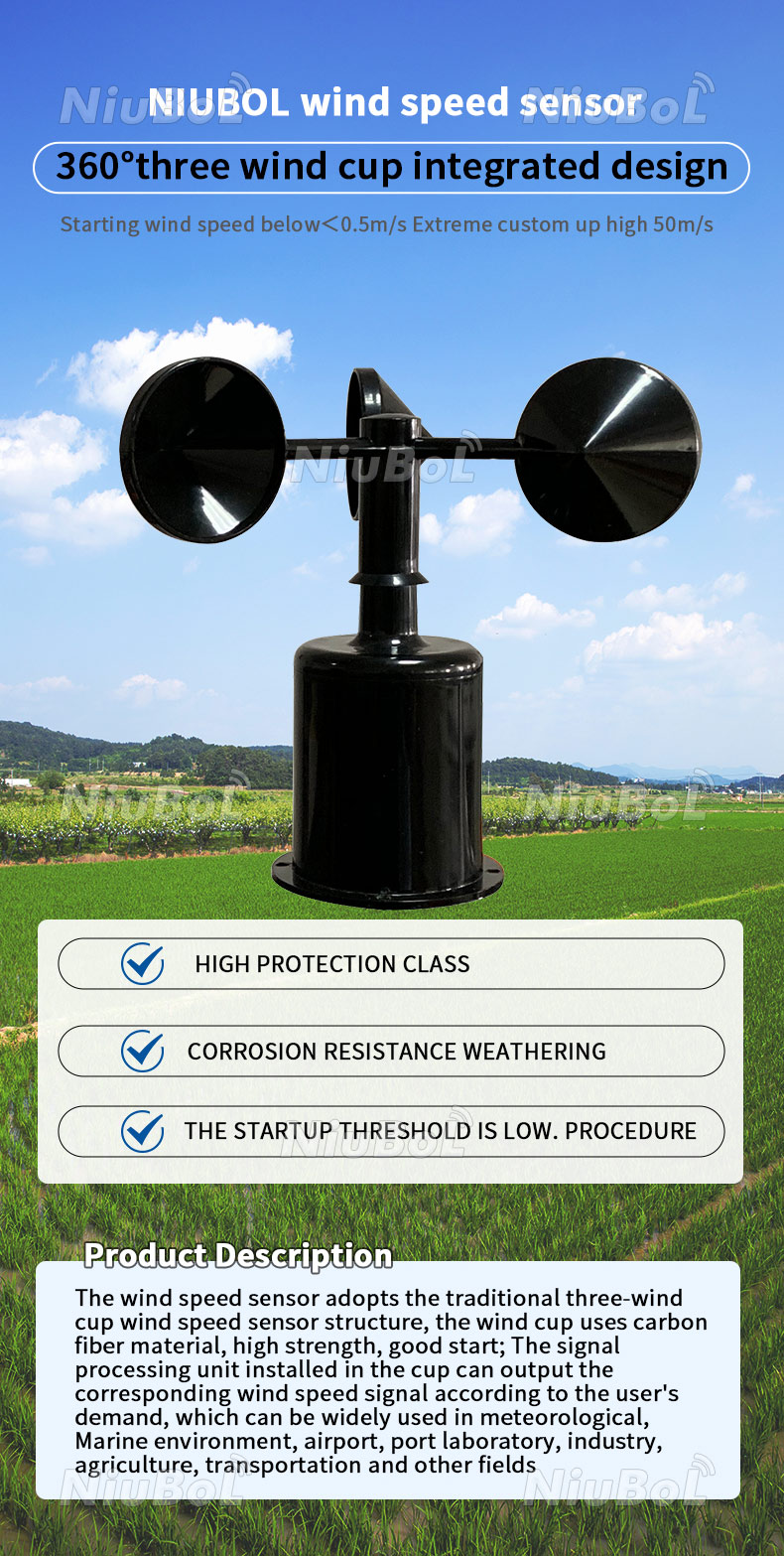Understanding Different Types of Anemometers for Various Applications
Understanding Different Types of Anemometers for Various Applications
Blog Article
Anemometers Unveiled: Recognizing Their Value in Environmental Tracking and Precaution
The duty of anemometers in ecological surveillance and safety and security measures is often ignored, yet their relevance is indisputable. These tools have a long history rooted in clinical inquiry and technical improvements, developing to become crucial tools in numerous fields. From meteorology to air travel safety and security, anemometers play a crucial role in supplying accurate information that informs decision-making processes and enhances total security. Understanding the complexities of anemometers reveals a globe of critical insights that are essential to our understanding of the setting and the measures we require to ensure safety.
History of Anemometers
The advancement of anemometers can be mapped back to the old worlds where rudimentary wind determining gadgets were initial made use of. One of the earliest recognized anemometers was the hemispherical mug anemometer invented by Leon Battista Alberti in the 15th century.
Over the years, improvements in modern technology led to the growth of even more contemporary anemometers, including ultrasonic anemometers and laser Doppler anemometers, using raised accuracy and effectiveness in measuring wind speed and direction. The history of anemometers showcases a remarkable journey of innovation and development in the field of meteorology.
Sorts Of Anemometers
Throughout the area of meteorology, different sorts of anemometers have actually been created to properly determine wind rate and instructions. The most common kind is the cup anemometer, which contains 3 or four mugs installed on horizontal arms that revolve with the wind. As the mugs spin, the speed at which they rotate is straight symmetrical to the wind speed. Another extensively utilized type is the vane anemometer, which features a tail or fin that aligns itself with the wind instructions. This positioning allows the gadget to establish the wind direction. Sonic anemometers use ultrasonic signals to gauge wind speed and instructions precisely. They are typically made use of in research study applications as a result of their high precision. Hot-wire anemometers run based on the concept that the cooling impact of wind on a warmed cable is proportional to the wind rate. These anemometers are suitable for measuring reduced wind speeds with high accuracy. Each type of anemometer has its staminas and is selected based on the specific needs of the tracking job available.
Applications in Meteorology
Having reviewed the different types of anemometers used in weather forecasting for gauging wind rate and instructions, it is vital to explore their functional applications in the area. Anemometers play a crucial function in meteorology by supplying exact and real-time information on wind problems (anemometer). Meteorologists make use of anemometers to check wind rate and instructions to forecast my explanation weather condition patterns, concern warnings for severe weather condition occasions like storms, tornadoes, and storms, and analyze weather for air travel security
In meteorology, anemometers help in understanding local and regional wind patterns, which are essential for forecasting weather condition changes and identifying climatic fads. These gadgets are likewise used in research to study microclimates, city warm islands, and air pollution diffusion. Furthermore, anemometers are utilized in farming to enhance crop monitoring methods, such as watering and pesticide application, based upon wind conditions.
Significance in Aviation Safety And Security
An essential element of making certain air travel safety and security exists in the careful monitoring of wind problems using anemometers. Anemometers play a crucial function in aviation by supplying real-time data on wind speed and instructions, aiding pilots in making educated decisions throughout take-off, touchdown, and flight. Strong and unpredictable winds can substantially affect aircraft procedures, making it vital for aeronautics authorities to rely upon precise wind measurements to make certain the safety and security of guests and team.

In the dynamic setting of aviation, where even small changes in wind speed and instructions can have extensive results, anemometers stand as important devices for advertising safe and secure air traveling.
Function in Environmental Research
Just how do anemometers add to advancements in ecological research? Anemometers click for source play an important duty in environmental research by supplying necessary information on wind speed and direction. This info is essential for understanding different climatic procedures, such as air contamination dispersion, weather patterns, and climate modification. By properly gauging wind characteristics, anemometers help researchers assess the movement of contaminants airborne, assess the impact of commercial exhausts, and predict the spread of pollutants in the setting.


Conclusion
Finally, anemometers have played a vital duty in ecological tracking and safety and security procedures. With a rich history see this website and different kinds readily available, these tools have actually been extensively made use of in weather forecasting, aviation safety and security, and ecological research. Comprehending the relevance of anemometers is crucial for properly determining wind speed and instructions, which is crucial for anticipating weather patterns, ensuring secure air travel operations, and performing environmental studies - anemometer. Their payments to these fields can not be underestimated.
One of the earliest recognized anemometers was the hemispherical cup anemometer designed by Leon Battista Alberti in the 15th century. Over the years, innovations in innovation led to the development of more modern-day anemometers, including ultrasonic anemometers and laser Doppler anemometers, using increased accuracy and performance in determining wind rate and direction. Hot-wire anemometers run based on the principle that the cooling impact of wind on a heated cord is proportional to the wind speed. Meteorologists make use of anemometers to keep track of wind rate and direction to anticipate weather condition patterns, problem warnings for extreme climate events like typhoons, tornadoes, and tornados, and assess atmospheric problems for aeronautics safety.
Comprehending the significance of anemometers is essential for accurately gauging wind rate and instructions, which is vital for anticipating climate patterns, guaranteeing risk-free air travel procedures, and conducting ecological studies. (anemometer)
Report this page